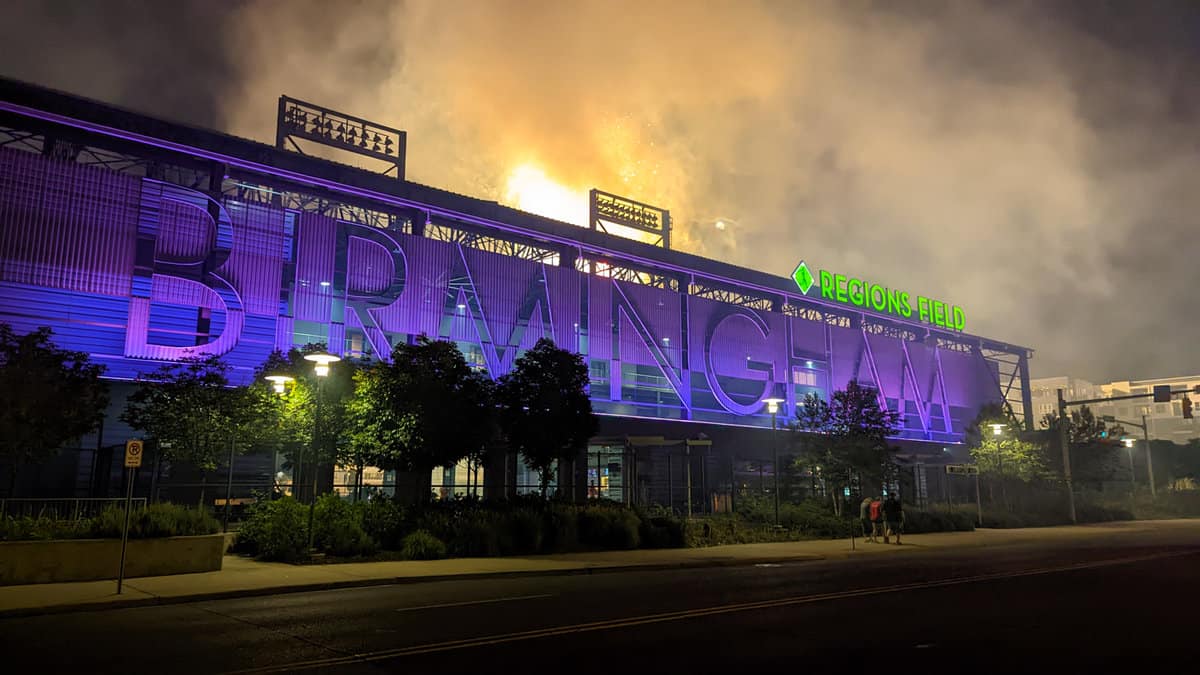Normally I open every top 10 White Sox prospects list with a lengthy preamble that with meta digressions that ultimately aim to hedge against wrong calls by calling into question the point of assigning a specific number in the first place.
This year is not that year. Instead, I'll just note that I rank White Sox prospects based on how much I don't want to see the White Sox trade that player, because I feel that acknowledges the limitations of my powers of observation.
Let's begin!
No. 1: Oscar Colás
Whenever an NFL team pulls off a considerable upset on a nationally televised game, you'll often seen a screen shot of the pregame show, where a Last Supper-sized panel of experts all picked incorrectly, effectively rendering them clueless boobs.
Of course, these are all independent assessments regarding a binary outcome, when it's really a question of probability. If the analysts were instead asked about the likelihood of the Saints upsetting Tampa Bay, you might get a wider range of outcomes that better reflected the fact that most NFL teams have a base-level competency that requires respect.
It's with this in mind that I want to rank Oscar Colás first, not necessarily because I believe he's a better prospect than Colson Montgomery, but because there's a very real chance that he could have the better career, due to his own upside, proximity to the majors, and that Montgomery's final power numbers and position are a little uncertain.
If Colás has a 20 WAR career and Montgomery ends up around 10 WAR, it'd be nice to have one Colás emblem on that leaderboard just to reflect the fact it wouldn't have been a shock.
Except there's one problem with looking at it this way: I ranked Colás ahead of Montgomery last year, because while he was older than Montgomery, he'd previously shown the ability to climb Japan's professional baseball ranks, so I liked his chances of doing it again, while wanting to wait back to see what Montgomery did with his first big chance.
While Colás certainly had the kind of year I expected from him, I didn't expect Montgomery's game to coalesce and advance so rapidly. If Montgomery conquered A-ball but not Winston-Salem, or if he had a great season at the plate but lagged in the field, Colás probably would've maintained his grip on the top spot. Instead, Montgomery did everything you could possibly hope for in his first full pro season, so it'd be weird to not reward that kind of progress at Montgomery's kind of age.
So let's change course:
No. 1: Colson Montgomery
And just like covering a pill in peanut butter so a dog takes his medicine, I've waxed rhetoric on the complications of assigning numbers inside of a numbered ranking. The White Sox will give you heartburn, but at least they won't give you heartworms.
Going through this the rest of this year's list, there's a firm top three in some order, because they all have the skills and performance to project into a starting job of some sort.
Then there's the next six, which includes role players who have to prove they have escape velocity from a bench, and pitchers who need to actually pitch. Still, you can see pathways to the majors without squinting or hallucinating. All have reasons for advocacy even if their trade values are lagging.
Afterward? Chaos reigns. Platoon bats. Starters lacking out pitches, command and/or durability. Young guys staring at years of significant development. All in all, we covered roughly 40 White Sox prospects during Prospect Week ...
- Wrangling 2023 White Sox Prospects: Onward and upward
- Wrangling 2023 White Sox Prospects: New in town
- Wrangling 2023 White Sox Prospects: Time on their side
- Wrangling 2023 White Sox Prospects: When injuries interfered
- Wrangling 2023 White Sox Prospects: The big issues
- Prospect Week: White Sox farm system made progress, but unevenly
... and the hope is that some of those 30 guys will have stronger arguments for consideration next time around, and not just because the incumbent top 10 graduated/flunked out.
OK, now seriously...
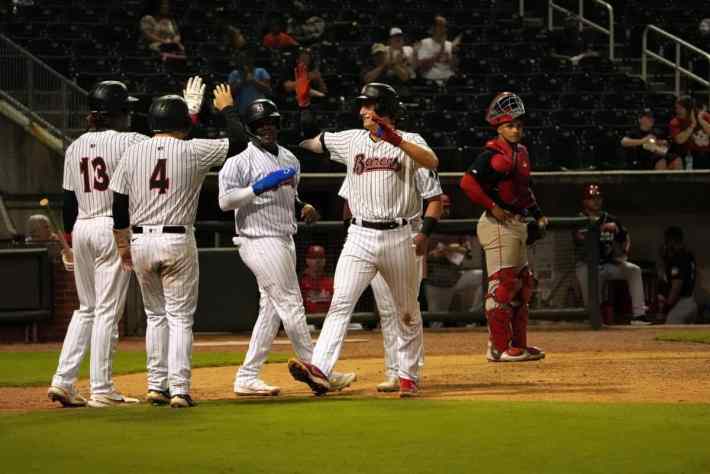
No. 1: Colson Montgomery
WHY HE'S HERE: To sum it up if you skipped to this point, he's already showing average-or-better discipline, power and bat control, he doesn't yet have to move off shortstop, and he doesn't turn 21 for a couple more weeks still.
WHY YOU'D TRADE HIM: There's an unfortunate parlay where he has to shift to third base and he's not a lock to hit 20-plus homers in a season, which would really force his OBP skills to play up in order to be a difference-maker.
WHY YOU'D REGRET IT: If the Corey Seager comparisons can even be taken somewhat seriously, he'll be one of baseball's biggest bargains, as evidenced by what Actual Corey Seager makes.
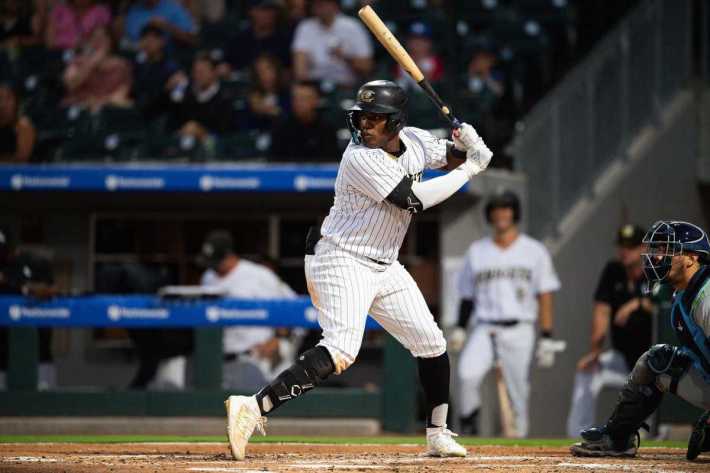
No. 2: Oscar Colás
WHY HE'S HERE: He aced his first professional year in the United States, perhaps because working his way up the NPB ladder made the new awfully familiar. There's a ton of power, the White Sox had him play center in Birmingham, and he stayed on left-handed pitching awfully well for a righties. The only reason he's not in the top slot is because he's 24, so he has a shorter runway to become a productive player, and the strikeout-to-walk gap disparity makes immediate success a taller task.
WHY YOU'D TRADE HIM: He's aggressive, and as we've seen with Tim Anderson and Avisaíl García, it can take years for such a hitter to find his equilibrium. At that point, Colás would be in his late-20s, and the White Sox might be in the middle of another rebuild for all we know.
WHY YOU'D REGRET IT: Do you really want the White Sox to reset their quest to find left-handed power?
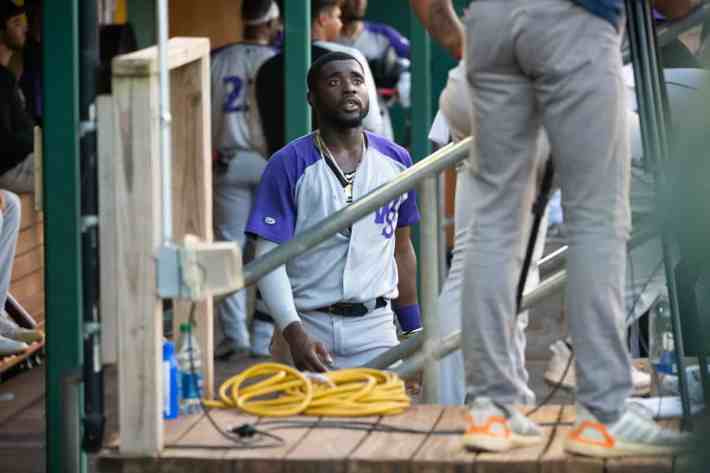
No. 3: Bryan Ramos
WHY HE'S HERE: I was the high guy on Ramos last year with my No. 7 ranking ... until he burst out of the gates with a scorching-hot April at Winston-Salem. Eric Longenhagen finally got around to publishing his White Sox list at that time and put him first, which looks a little weird with the way Colás and Montgomery played. Regardless, Ramos had his best season yet while playing his best defense yet, and looks like he could be a factor at third or as an offense-first second baseman.
WHY YOU'D TRADE HIM: He has a lot of things going for him, but Double-A will test his power, while his stolen bases dropped from 13 in 2021 to one in 2022.
WHY YOU'D REGRET IT: He's 3-for-3 in successful seasons, and each one is better than the last despite being younger than the level every time. He draws a respectable amount of walks and doesn't strike out all that often. He could get to the majors with multi-positon flexibility, and while he has all-fields power, he gets it into the air to the pull side more naturally than most everybody else in the system.
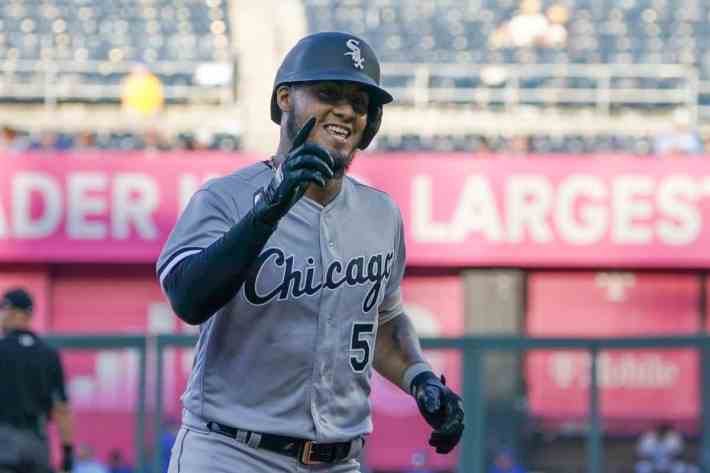
No. 4: Lenyn Sosa
WHY HE'S HERE: He registered the biggest surprise of the season, hitting .315/.369/.511 and 23 homers for Birmingham and Charlotte, with a stop on the MLB roster in between. Even non-scouts could see the increased strength in his swing, and while he's still an aggressive hitter, he both raised his walk rate and cut his strikeout rate by significant amounts. Even though he was bumped off shortstop to make room for the prospect below him, he can still play the position for short stints.
WHY YOU'D TRADE HIM: The aggression could take a while to tame at the MLB level. Even though he can play three infield spots, he's a second baseman more than anything else, and the Sox have a few guys who might end up winning that job. His natural power stroke is oriented toward the right-center gap, and opposite-field contact isn't rewarded the way it used to be.
WHY YOU'D REGRET IT: He's durable -- he played 38 more games in the Venezuelan Winter League after playing 130 total games during the regular season -- and given the newness of his physical capacities, I wouldn't rule out further progress.
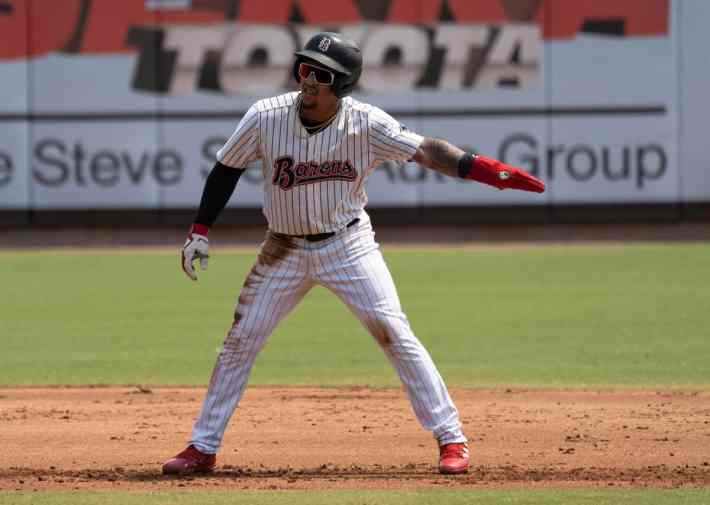
No. 5: José Rodríguez
WHY HE'S HERE: Rodríguez needed a couple months to adjust to Double-A, but he was eventually able to find his power stroke, He hit .333/.399/.544 with 10 homers over his last 54 games before a hamate bone fracture cut his season short. Speaking of short, he played there over Sosa, and he swiped 40 bases in 50 attempts.
WHY YOU'D TRADE HIM: The injury might serve as a reminder of how much he needs all of his undersized build to generate difference-making power (when he's off his game, he pulls the ball into the ground). There's no need to move him off shortstop now, but it might not be his MLB home. The 40 steals might be inflated by pace-of-play rules, because he isn't the typical kind of "40 steals" fast.
WHY YOU'D REGRET IT: He hasn't lost his feel for contact even though he's added strength to his swing, which could help him weather any recognition issues. He's overachieved every step of the way, and we'd have probably called 2022 another resounding success were it not for the injury. If it sounds like he should be ahead of Sosa, I'd put him there if we could guarantee no lingering effects from the hand injury.
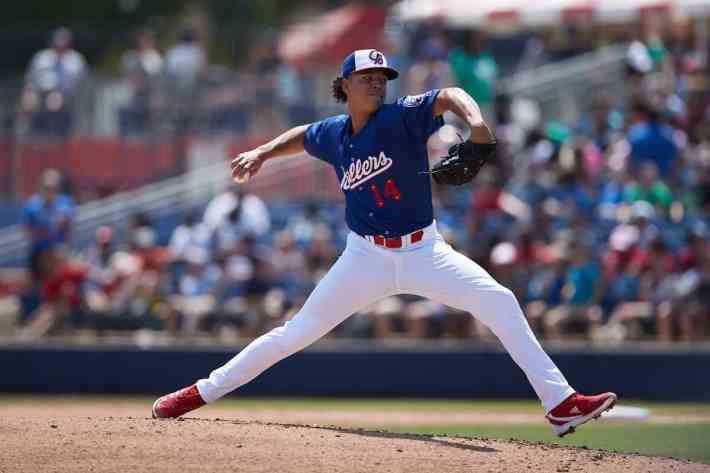
No. 6: Cristian Mena
WHY HE'S HERE: He's the second-most resounding pitching success story of the system behind Davis Martin, as he struck out 126 batters over 104 innings of 3.80-ERA ball at age 19. He dominated Kannapolis, and while Winston-Salem posed some challenges, he also showed resilience from tough outings. The fastball gained some velocity, and he knows his way around a curveball.
WHY YOU'D TRADE HIM: He's got years to go, and the to-do list isn't short. It'd help if the velocity took another jump, and he could use a changeup, to name a couple items.
WHY YOU'D REGRET IT: The White Sox drafted guys like Matthew Thompson and Andrew Dalquist in hopes that they 'd have an athletic teenager with a repeatable delivery and the ability to harness multiple plus pitches. Mena might end up being the one.

No. 7: Peyton Pallette
WHY HE'S HERE: The White Sox's second-round pick had first-round hopes at Arkansas before Tommy John surgery spoiled his junior season. When he's on, he throws a fastball and curveball with great spin, and there's some potential for a changeup and slider as well.
WHY YOU'D TRADE HIM: He hasn't established a track record, and we'll see whether the White Sox have any mechanical tweaks in mind, whether to avoid further injuries or to simplify his delivery.
WHY YOU'D REGRET IT: The White Sox don't have much else besides Sean Burke when it comes to starting pitchers who could make a dent in Chicago sooner rather than later. Pallette's curveball could make quick work of the low minors if and when his arm allows him to pitch with regularity.
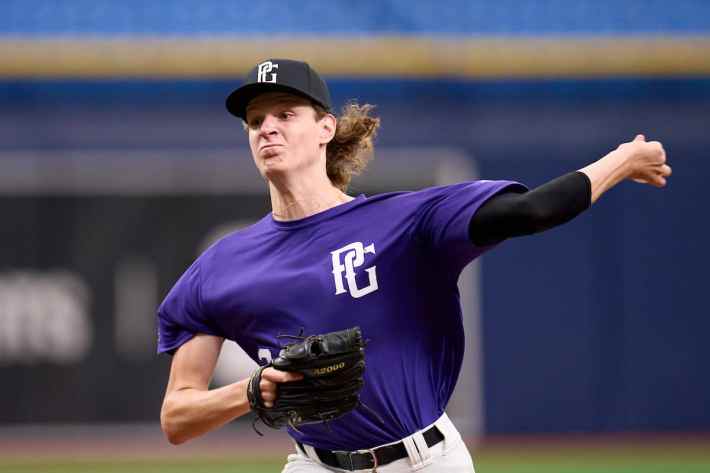
No. 8: Noah Schultz
WHY HE'S HERE: The White Sox lured him away from his commitment to Vanderbilt with a first-round selection and bonus. He's a 6-foot-9-inch lefty who could be sitting in the mid-90s with a plus slider given a couple of years of maturation and development. He just didn't really pitch during his senior season at Oswego East due to mono.
WHY YOU'D TRADE HIM: Pitchers as tall as Schultz have a harder time maintaining mechanics and health. The White Sox have a hard time actualizing their draft-day reports for prep pitchers at even lower levels. Spencer Adams and Tyler Danish never gained velocity. Thompson and Dalquist's athleticism didn't manifest itself into easy deliveries. Jared Kelley is the furthest thing from a hoss.
WHY YOU'D REGRET IT: If he can get to the grind and survive it, he's one of the few pitchers physically equipped to follow the Chris Sale Playbook. Even if he can't quite handle five-plus innings every five days, there's a strong relief potential as a fallback.
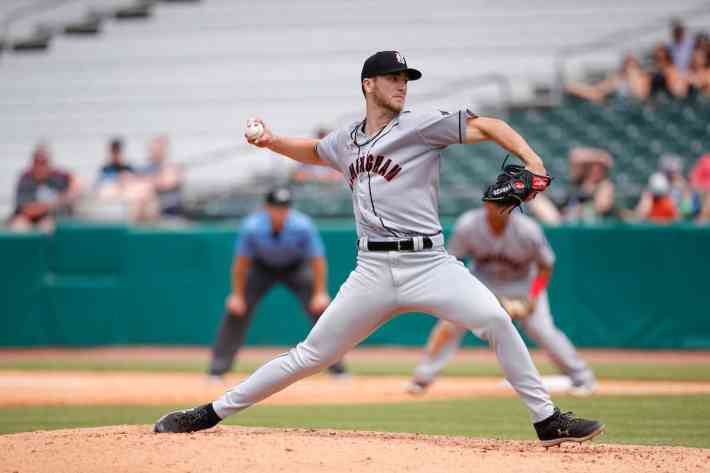
No. 9: Sean Burke
WHY HE'S HERE: The 2021 third-round pick struck out 137 batters over 108 innings, improving his durability and control from his junior season at Maryland. He packs power from his 6-foot-6-inch frame. His fastball-curve combo can play, and there's the potential for more from his slider and changeup as he logs experience.
WHY YOU'D TRADE HIM: While he's throwing more strikes, command could always prove elusive, and if he's a two-pitch pitcher without a quality changeup, the lack of execution could lead to some lumpy innings.
WHY YOU'D REGRET IT: He's the most formidable high-minors pitcher behind Davis Martin, and his progression is similar to that of Sosa or Rodríguez, where he should get chances to keep building on what he's already done.
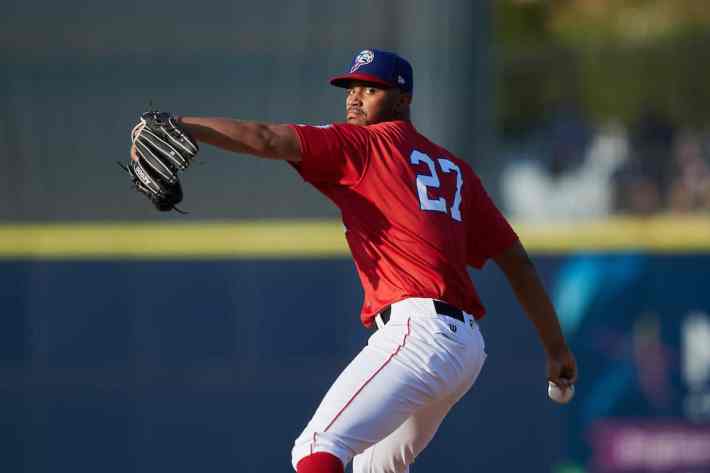
No. 10: Norge Vera
WHY HE'S HERE: He struck out 52 batters while allowing just 19 hits over 35⅓ innings resembling durability, and he showed a real plus fastball at times. He also issued 31 walks, as his game deteriorated despite a rather light workload, which was limited early by a spring training lat injury.
WHY YOU'D TRADE HIM: He's only thrown 54⅓ professional innings as he enters his age-23 season, and his velocity was in the low-90s later in the year. All of his success came at Kannapolis, as he walked 16 batters over 11⅓ innings between Winston-Salem and Project Birmingham.
WHY YOU'D REGRET IT: I'm not sure you would. There's an argument that he should be lower, but the high-90s he's teased at points still gives him an allure that a more workmanlike pitcher like Matthew Thompson lacks, even if Jared Kelley can claim superior durability.
Six More
In no particular order:
WILFRED VERAS: He's shown big-time power without the big-time strikeout rates that have plagued similarly raw low-minors slugging talent like DJ Gladney.
RYAN BURROWES: He needs to make the jump stateside before we can really buy into his .266/.393/.392 performance in the DSL, but he'll be 18 when he gets to Arizona, whereas somebody like Loidel Chapellí Jr. will be 21 in his debut.
LUIS MIESES: He doesn't hit lefties and he doesn't play a plus outfield, but he's been able to develop his power without sacrificing his hit tool, giving him platoon possibilities from the left side, which this organization always needs.
CARLOS PÉREZ: Like I said in his write-up, he's ready for a 50-game audition somewhere, and the league is catcher-starved enough that he could stick, provided his arm isn't too much of a liability.
JONATHAN CANNON: He's the highest-drafted pitcher from 2022 who was actually able to pitch regularly in 2022. He's another 6'6" guy, but he can already throw strikes, and he's shown an ability to tinker with his arsenal.
TANNER McDOUGAL: It's going to be a long road when he returns from Tommy John surgery, but he was able to overwhelm the Arizona Complex League for innings at a time before the injury, so I'm looking forward to seeing how he spent the time away.
